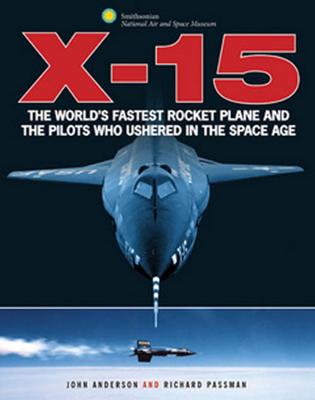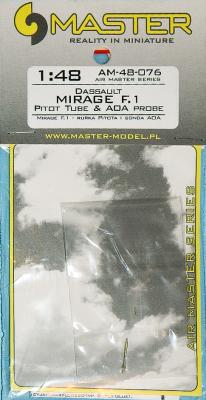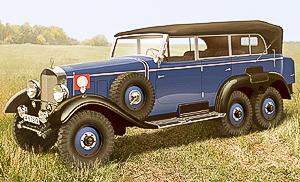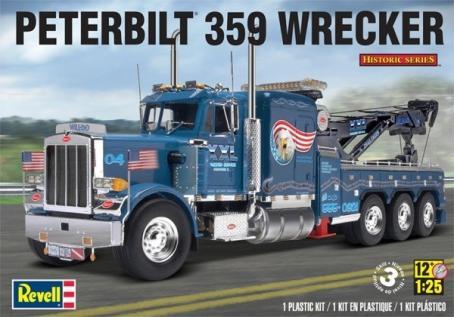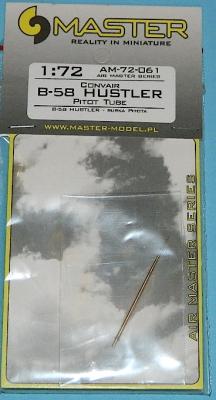Much has been written about the world's most successful rocket powered research aircraft, the X-15. This airplane was designed to be a vehicle to provide aerodynamic, flight dynamic and structural data for use in the future development of hypersonic aircraft, all before anyone had even broken Mach 3. In October, 1954, NACA decided on the need for a manned hypersonic research vehicle, one that would fly up to Mach 7 and over 126,000 feet in altitude. By the end of the program the X-15 had reached a top speed of Mach 6.7 and an altitude of 347,800 feet during the course of 199 flights.
The authors; John Anderson, curator of aerodynamics at the Smithsonian National Air and Space Museum and Richard Passman, chief aerodynamicist on the Bell X-2 have crafted an excellent introductory story for this aircraft.
Basically, they do this by explaining the X-15 and how it worked, then going into details of the twelve pilots who flew this machine. The six chapters are:











